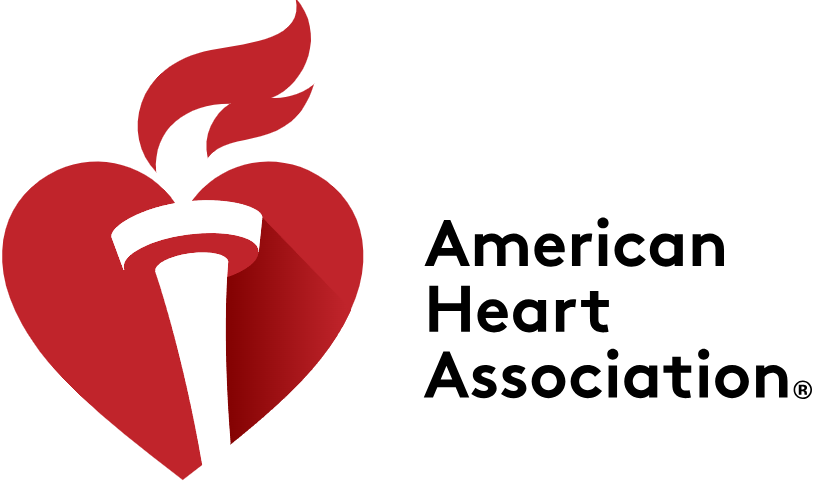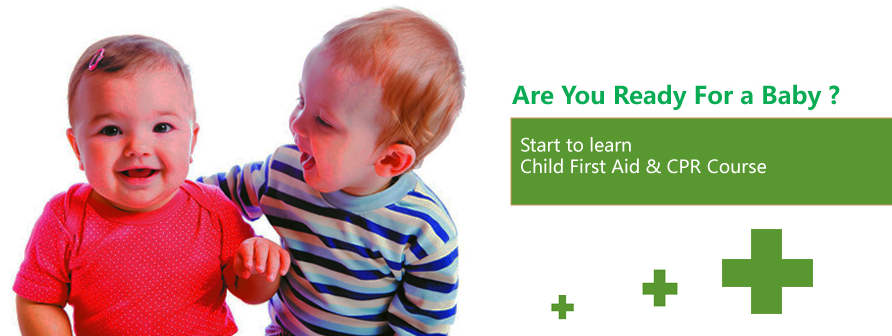Pet First Aid Training

Pet First Aid Training
In addition to learning first aid knowledge for people, we should also acquire practical skills to care for our pets, such as cats and dogs. Don’t wait until an emergency occurs to search for information online, as this may worsen the problem. Pet first aid knowledge mainly relies on the owner’s accumulation of knowledge over time, so they can respond correctly at the first sign of a health issue. Of course, first aid cannot replace clinical treatment by a veterinarian; it is only a part of pre-hospital care. When possible, always seek assistance from a vet. So, what are the key points in basic pet first aid? Sinoaid Health has designed a Pet First Aid Training course for you, and you are welcome to participate.
Pet First Aid Training Course Contents Include:
- Controlling pet bleeding
- Managing pet wounds
- Immobilizing pet fractures
- Handling pet breathing difficulties
- Performing pet artificial respiration
- Conducting pet CPR
- Managing pet burns
- Managing pet heatstroke
- Handling pet poisoning
- Managing pet seizures
- Handling pet shock
For more information about pet first aid courses:
Contact: +86 (21) 6091 8290 or This email address is being protected from spambots. You need JavaScript enabled to view it.
Supplementary Reading on Pet First Aid:
Pet Bleeding First Aid
Bleeding can be classified as external or internal bleeding. Excessive blood loss can lead to shock, and owners can only handle external bleeding. External bleeding is easy to spot, and the simplest way to control it is to apply direct pressure to the bleeding area. Maintain pressure for at least 10 minutes and avoid releasing it prematurely, as this can slow the clotting process.
If bleeding persists, use a bandage to wrap the area about 5 cm above the wound. Be careful not to leave the bandage on for too long, as it may cause tissue damage due to lack of blood supply. If the area below the bandage becomes swollen and turns bluish-purple, loosen the bandage immediately. As a general rule, direct pressure is preferred over using a tourniquet. After initial treatment, seek veterinary care immediately.
Pet Trauma First Aid
Injured pets may behave abnormally, move slowly, or adopt unnatural postures, and may become agitated. Be cautious when approaching them to avoid being scratched or bitten. Use a muzzle if necessary. For cats or smaller pets, gently wrap their heads with a towel.
For deep wounds, which may be accompanied by bleeding and visible muscle, fat, or bone, apply ice and pressure to stop the bleeding. It is not recommended to use a tourniquet initially. Check for contaminants or debris in the wound. If there are obvious foreign objects, flush the wound with saline or balanced electrolyte solution. If unavailable, clean water can be used temporarily. Large open wounds should be bandaged to prevent contamination.
Surface wounds that haven’t penetrated deeper tissue should be treated by stopping the bleeding, cleaning, and bandaging. Traumas can easily become infected, so seek professional veterinary treatment as soon as possible.
Pet Fracture First Aid
Fractures are usually accompanied by pain, limping, and abnormal limb angles. Muzzle the pet first and check for any bleeding. If it is safe to stop the bleeding without causing further injury, do so. Always monitor for signs of shock and prevent it. While transporting the pet to the vet, try to keep the injured area as immobile as possible.
Pet Breathing Difficulty First Aid
Breathing difficulties (dyspnea), respiratory distress, or choking are caused by blockages in the throat or trachea due to foreign objects or other reasons. Symptoms include labored breathing, wheezing, cyanosis (bluish lips and mucous membranes), and difficulty inhaling or exhaling. If a cat begins panting like a dog, this is a severe sign of asthma.
Breathing difficulties may occur due to tracheal obstruction, congestive heart failure, asthma, cancer, lung fluid accumulation, bronchitis, pneumonia, or laryngeal paralysis. Some conditions (like tracheobronchitis) may lead to coughing, which can be confused with breathing difficulties. Coughing typically allows normal inhalation, while breathing difficulties involve difficulty inhaling. Proper identification is crucial before administering aid.
Steps for aiding pets with breathing issues:
- Calm the pet down.
- Check for foreign objects blocking the airway. If present, perform the Heimlich maneuver or use tools (like pliers) to remove the object, but avoid pushing it deeper into the throat.
Pet Artificial Respiration and CPR
If your pet stops breathing, place it on its right side on a flat surface. Feel for a heartbeat on the left side of the chest. If the heart is still beating but the pet has stopped breathing, perform artificial respiration. Open the pet's mouth and blow air directly into its nose until the chest rises. Repeat 12-15 times per minute.
If breathing does not resume, start chest compressions. Generally, for dogs, place your hands over the lower part of the left chest, just behind the elbow. Press down gently. For cats or smaller pets, use your thumb and fingers to compress the chest. For larger pets, compress 80-120 times per minute; for smaller pets, 100-150 times per minute.
Note: Never perform artificial respiration if the pet is conscious, and keep the environment quiet.
Pet Burn First Aid
Burns, whether from physical or chemical sources, present similar symptoms, such as redness, blisters, and pain. Before treatment, distinguish between burn types. If dry chemicals are on the skin, do not wash with water immediately; first, remove the chemicals to avoid adverse reactions. In other cases, rinse the burn with cool water and continue applying cold compresses with ice wrapped in a towel for 15-20 minutes. Avoid direct contact between ice and the skin. Prevent the animal from licking the wound and avoid using cleaning agents on the burn.
Pet Heatstroke First Aid
Symptoms of heatstroke include rapid breathing, vomiting, elevated body temperature, and collapse. Pets that enjoy outdoor walks are at risk in hot weather. If you notice these symptoms, use cold water to cool the pet or wrap it in a wet towel.
Pet Poisoning First Aid
Poisoned pets may appear weak, in pain, salivating, vomiting, having diarrhea, convulsions, or fainting. Identify the cause of poisoning by investigating the surroundings. If the pet is unconscious, seek veterinary care immediately and bring any suspicious substances or packaging with you. If poisoning is due to a substance on the pet’s body (such as pesticides or paint), wash the area thoroughly to prevent further ingestion.
Pet Seizure First Aid
Seizure symptoms include salivation, incontinence, muscle rigidity, and loss of consciousness. Remove hazardous objects from the pet's surroundings and use blankets for cushioning. Do not attempt to restrain the pet to avoid injury. Record the duration of the seizure, which usually lasts 2-3 minutes. Afterward, keep the pet calm.
Pet Shock First Aid
Severe trauma, such as car accidents or fights, can cause shock. Symptoms include abnormal breathing and dilated pupils. Elevate the pet’s lower body slightly and place it in a quiet, warm environment. Remember, first aid is only for emergencies; immediate veterinary care is essential for recovery.
























